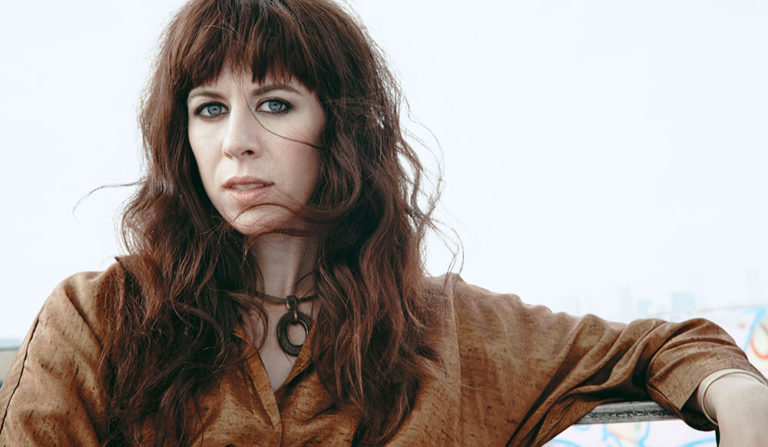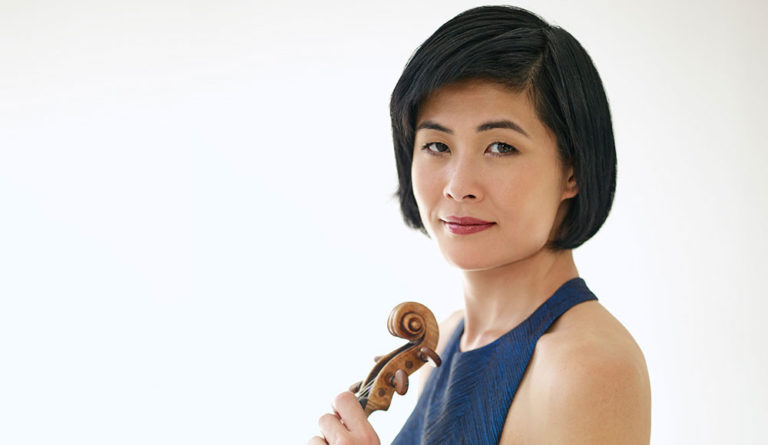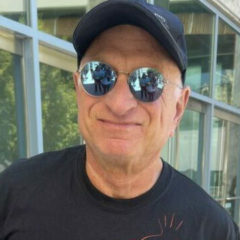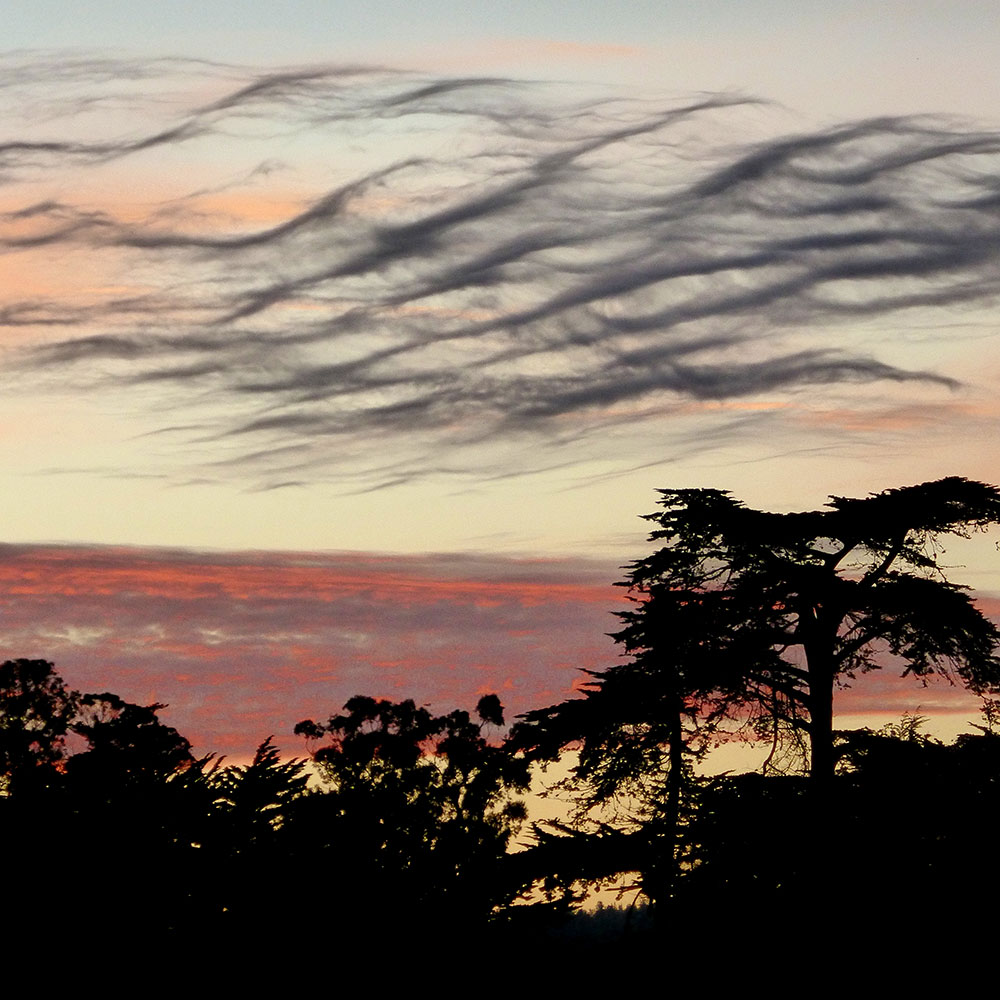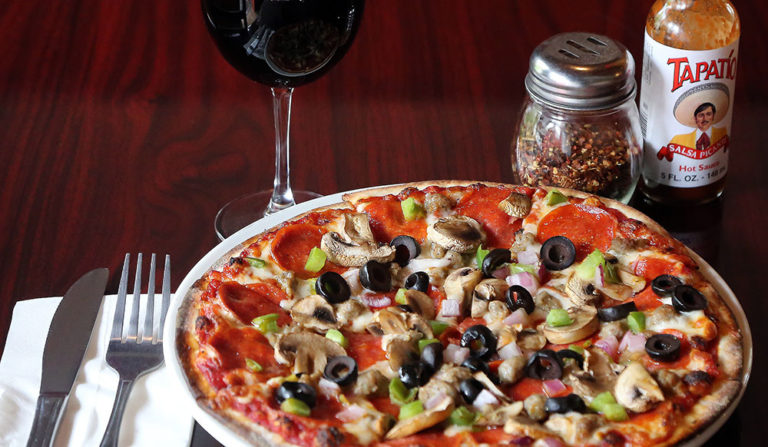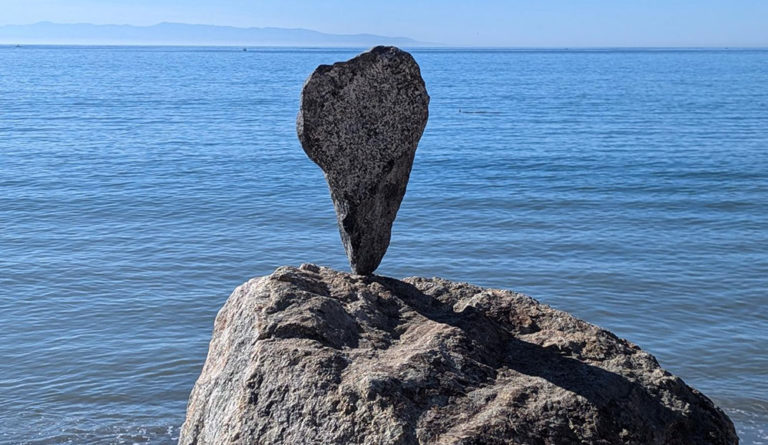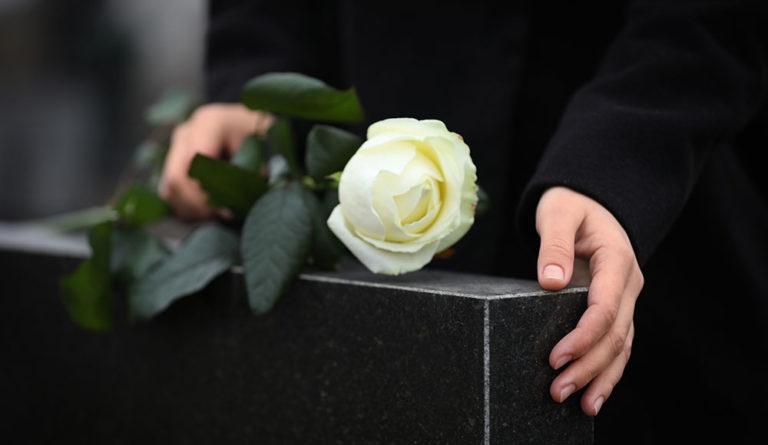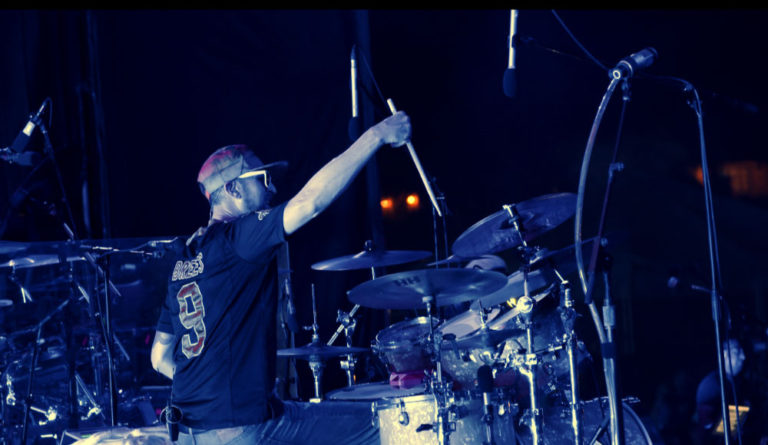Time again for the mighty Cabrillo Festival of Contemporary Music to fill the Santa Cruz Civic Auditorium and its surrounding landscape with unexpected, unpredictable and unrepeatable sights and sounds. And in honor of the 50th anniversary of Santa Cruz Pride, this season spotlights musical LGBTQ luminaries from Lou Harrison to Jennifer Higdon.
Lots of new energy in this year’s summer festival, starting with guest conductor Daniela Candillari, who will open up the first week, and ending with the return of Music Director Cristian Măcelaru for the final two concerts.
Honoring 50 years of Santa Cruz Pride celebrations, the season’s composers in residence include Jake Heggie—whose operatic setting of Dead Man Walking receives its 25th anniversary revival at San Francisco Opera this fall—Pulitzer Prize winner Higdon and festival veteran John Corigliano.
Joining the opening evening is the dazzling Missy Mazzoli with the West Coast premiere of her violin concerto for violinist Jennifer Koh. A returning guest to the festival, Mazzoli has been commissioned to create an opera of Lincoln in the Bardo for New York’s Metropolitan Opera. (more on Mazzoli )
There will be some huge concerts, filled with a half-dozen choice new works by current and up-and-coming masters of an evolving genre. Expect some life-changing sonic moments. At the least some very intriguing encounters.
In a departure from past seasons, this festival finds a new opening conductor at the helm. Candillari is currently in her fourth season as principal conductor at Opera Theatre of Saint Louis. A rising star in the opera world, the conductor grew up in Serbia and Slovenia and holds a doctorate in music from the Universität für Musik in Vienna.
A frequent guest conductor at top orchestras throughout the country, Candillari is also a sought-after composer. She has worked with several of the festival’s featured musicians in the past, and her presence at the podium should broaden the instrumental interpretations of new music with “confidence and inexhaustible verve” (per The New York Times).
Started in the 1960s, and dedicated to performing new and contemporary works, mostly by living composers, the festival continues to earn its worldwide reputation. Five major concerts are programmed for the two-week musical array. It all starts with “Lumina” on Aug. 1, with works by Corigliano and Mazzoli, as well as a new piece by Nina Shekhar. On Aug. 2, “Chasing Light” spotlights women composers, including Stacy Garrop’s Frederick and Susan B, sourced from letters between Civil War–era correspondents Frederick Douglass and Susan B. Anthony.
The “Grand Finale” on Aug. 10 concludes with a new song cycle by Heggie co-commissioned by the Cabrillo Festival. Heggie’s Good Morning, Beauty features mezzo-soprano Gabrielle Beteag with poetry by Taylor Mac.
Excitement at the Edges
The festival is also famous for more intimate offerings, the ones that fill the margins of its two-week run with surprises and interactive workshops, many of them free events. And it’s a chance to hear from the composers themselves about this strange and wonderful thing they do for a living: compose music that will stretch our ears and imaginations.
Open rehearsals are a prime chance to watch and hear the development of the programs. These rehearsals are held on July 29–31 and Aug. 6–8. Each day in the afternoon the Civic will be filled with the sounds of musical passages rehearsed, refined and rehearsed again until the musicians and conductor are satisfied. This is a great way to learn the variations of one’s favorite instrument in an orchestral context. Rehearsals are free and open to the public. (As long as the public is quiet.) Check the program for times.
Arguably my favorite event of the entire festival, Meet the Composers takes place this year on August 2, 1:30–2:30pm, in the Civic—and it’s free. The in-depth discussion among visiting composers will be moderated by maestra Candillari and include Corigliano, Mazzoli, Garrop, Rene Orth and Aleksandra Vrebalo.
The Family Concert—also free—unfolds Aug. 3 and, in addition to works by Karen LeFrak and Frank Duarte, continues its Tour of the Orchestra tradition, an invitation for those interested to visit the various orchestra sections and learn more about how each segment of the whole company adds to the overall texture. New this year, in a partnership with Santa Cruz/Pajaro Valley, selected honor students will perform side-by-side during the Family Concert and will enjoy mentorship and coaching by orchestra musicians.
The second weekend, which begins with “Becoming” on Aug. 9, finds maestro Măcelaru back on the podium with Creative Lab’s colorful world premiere by Darian Donovan Thomas. Following is a powerful exploration of environmental impact by Anna Thorvaldsdottir, a West Coast premiere. And no celebration of pride would be complete without something from innovator and festival co-founder Lou Harrison: Concerto for Violin with Percussion Orchestra, with festival concertmaster and dazzling violinist Justin Bruns.
Concluding on Aug. 10, the program “Rising” offers the excitement of Jennifer Higdon’s Cold Mountain Suite and the new composing voice of Tyson Gholston Davis, winner of the Cabrillo Emerging Black Composers Prize. A song cycle newly composed by celebrated Jake Heggie (creator of the opera Moby Dick) brings the festival to a close, embroidered with original poems from Taylor Mac and voiced by guest mezzo-soprano Nikola Printz.
Lineup of Luminaries
The season features 20 composers (many in residence) and seven guest artists, plus three world premieres and four festival commissions. Works commissioned especially for this festival include an orchestral song cycle by Garrop, a second Creative Lab filled with surprises from Darian Donovan Thomas, and a new co-commission by Heggie.
In addition to pieces by the composers in residence—Heggie, Corigliano, Garrop, Mazzoli, Higdon, Davis, Orth, Vrebalov and Thomas—works by Lou Harrison, Anna Thorvaldsdottir, Adolphus Hailstork, Julia Wolfe, Karen LeFrak, Nina Shekar and Frank Duarte are also on the program. This year’s guest artists include violinists Koh and Justin Bruns, Tim McAllister on saxophone, soprano Michelle Areyzaga, mezzo-soprano Nikola Printz and baritone Sidney Outlaw.
The Cabrillo Festival of Contemporary Music fills our downtown with the sounds of new and exciting music every year. Join friends and fellow lovers of adventurous music for an always-surprising two weeks.
Details and tickets at cabrillomusic.org.
Read next: Ode To Joy — Missy Mazzoli’s new concerto weaves
healing spells, by Christina Waters



